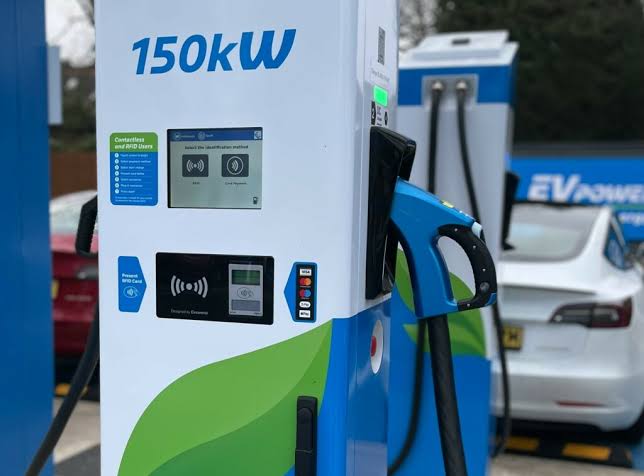India has approved 10,000 new EV charging stations under its Diwali 2025 infrastructure push. The initiative supports green mobility goals, with fast-charging and solar-integrated stations planned across highways and cities. Public-private partnerships and government incentives aim to accelerate EV adoption and reduce transport emissions nationwide.
In a major step toward sustainable mobility, the Government of India has approved the installation of 10,000 new electric vehicle (EV) charging stations as part of its Diwali 2025 infrastructure initiative. The move aims to strengthen India’s green transport ecosystem, improve accessibility, and support the country’s net-zero goals.
Key Highlights From The Expansion Drive
• The new stations will be deployed across national highways, metro cities, and Tier-2 urban clusters, with priority given to high-traffic corridors and underserved regions
• Public-private partnerships will drive implementation, with Tata Power, ChargeZone, and Indian Oil among the key players leading deployment
• Fast-charging and solar-integrated stations will be prioritized to support two-wheelers, three-wheelers, and commercial EV fleets
• The rollout aligns with India’s target of 30% EV penetration by 2030 and is backed by the FAME III scheme under the Ministry of Heavy Industries
• States like Maharashtra, Tamil Nadu, and Uttar Pradesh have announced complementary policies to support local EV infrastructure
• The initiative is expected to create thousands of green jobs in installation, maintenance, and energy management
Strategic And Cultural Relevance
Launched during the Diwali season, the EV grid expansion reflects India’s commitment to sustainable development and festive progress. It also signals a shift in public sentiment, where clean mobility is increasingly seen as aspirational and future-ready.
Industry Context
India’s EV market is projected to grow at a CAGR of over 40% through 2030. Charging infrastructure remains a critical bottleneck, and this expansion is expected to unlock new demand across passenger and commercial segments.
Market Outlook
With improved infrastructure, EV adoption is expected to accelerate in Tier-2 and Tier-3 cities. Analysts anticipate increased investment in battery tech, grid integration, and smart mobility solutions as the ecosystem matures.
Sources: EV for India, Anari Energy, BSB2IITG

